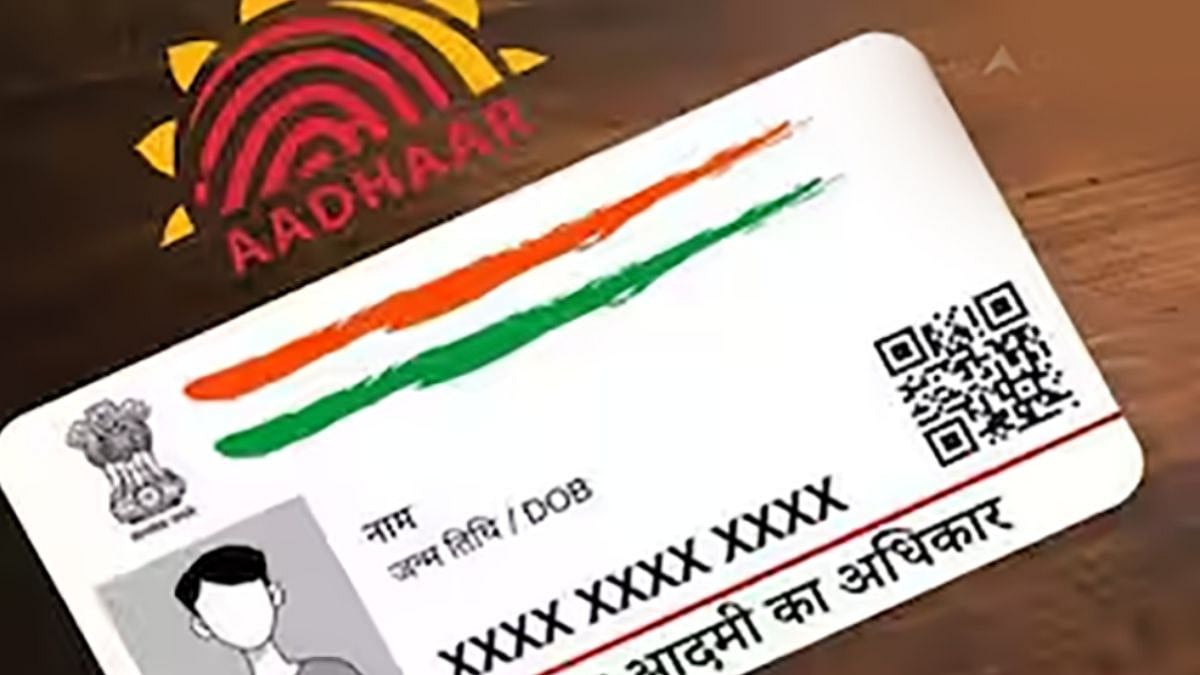Last fortnight, we discussed ‘Pattern Recognition in Chess’, aided by basic checkmate patterns like the Back Rank Checkmate with the rook and the Queen. Let us continue where we left off in our previous column and look at a few more checkmating patterns today.
Checkmate with a Queen against a Lone King: An important concept is to use our King as an aid to our Queen to restrict, corner and checkmate the opponent’s King. The Back Rank Checkmate would also work here as seen previously. It works in all four directions, as there is a last rank or file on each side of the board. The other method is to lure the opponent’s King to a corner, or the square adjacent to the corner, such that the King’s movement is restricted to only two squares. Again, this could be any one of the four corners on the board.

The Black King is cornered |
With white’s turn to play, we can now give a ‘Back Rank Checkmate’ by giving a Check on d8 or e8 with our Queen! But imagine if black had a Queen or even a rook on a8. In this case, the Back Rank would be controlled. Here we give a checkmate in one move with the move Qg7! This is the other way to checkmate a lone King, on the square right in front of it, with the help of our King. Again, this is a checkmate only because the Black King is restricted to the last rank and can’t go back further. One of my students calls this motif the ‘Lotus Checkmate’ as the square of the Black King and all the squares it could have escaped to are now in the White Queen’s control, taking the shape of a Lotus!

Lotus Checkmate ! |
This checkmate motif occurs often in the “middle-game” (the phase of the game where all our pieces have been developed and the King has castled) with the help of any of our other pieces supporting our Queen on g7. This is because players often castle on the short side, so the squares in front of the opponent’s King f7, g7, h7 (from white’s perspective) are vulnerable to attack and it is on these squares that the castled King is likely to be checkmated apart from the ‘Back Rank Checkmate’.
Now imagine if, in the diagram position, the Black King was tucked away further in the corner, on h8. Here both Qg7 as well as Qh7 would have worked, though the checkmate would be in the shape of a different flower!
[This brings us to the Answer to Question 1 from the 4th February column, Answer: 1. Qg7 or 1. Qh7 or 1.Qf8 or 1.Qe8 all four moves would have led to Checkmate in that position.]
Ladder checkmate: A typical checkmate pattern with two rooks is known as the ‘Ladder Checkmate’. It involves putting the rooks on adjacent ranks or files and restricting the opponent’s King’s space by giving alternating checks by each rook on the next rank or file, thus cornering the King to the back rank and checkmating him. We can also use a Queen and rook or two Queens for delivering such a Checkmate.

Ladder Checkmate |
The two rooks are placed on adjacent ranks – the 3rd and 4th rank, restricting the Black King to the 5th rank and further up. We begin by giving a Check on the 5th rank, by moving the rook placed on the 3rd rank two ranks ahead, as moving the a4 rook will give up the control of the 4th rank, whereas giving up the control of the 3rd rank is inconsequential. The Black King cannot reach there the 3rd rank on the next move anyway. So the method is: 1. Rb5 Kg6 (or Kf6 or Kh6 ) 2. Ra6 (move the other rook! We need the b5 rook to cover the 5th rank as the Black King is still on the 6th rank) Kg7 3. Rb7 (the same logic, keep the 6th rank covered and move the other rook) Kg8 4. Ra8 Checkmate! The movement of the rooks is just like the movement of our legs while climbing a Ladder, and it ends in ‘Back Rank Checkmate’.
Chess, as you can see, borrows a lot from our environment. The Ladder, the Lotus and whatnot. Chess is similar in many ways to Math, and many forms of art as well. What else is the expert coordination of pieces if not a symphony or a dance? Luckily, this effect is not only one way. Chess expertise has been linked to better performance in tasks requiring visual-spatial memory and pattern recognition, such as remembering complex visual patterns or sequences. Do any other patterns in chess strike you as being significant in other fields too?
(Soumya Swaminathan is an International Master and Woman Grandmaster in Chess. She has been World Junior Champion and Commonwealth Gold Medalist)












